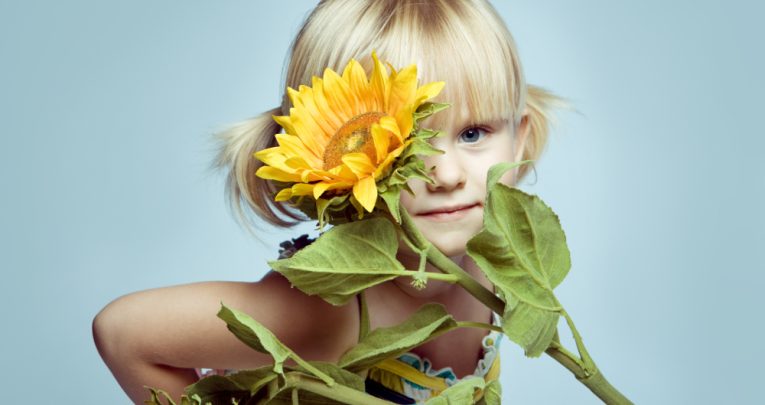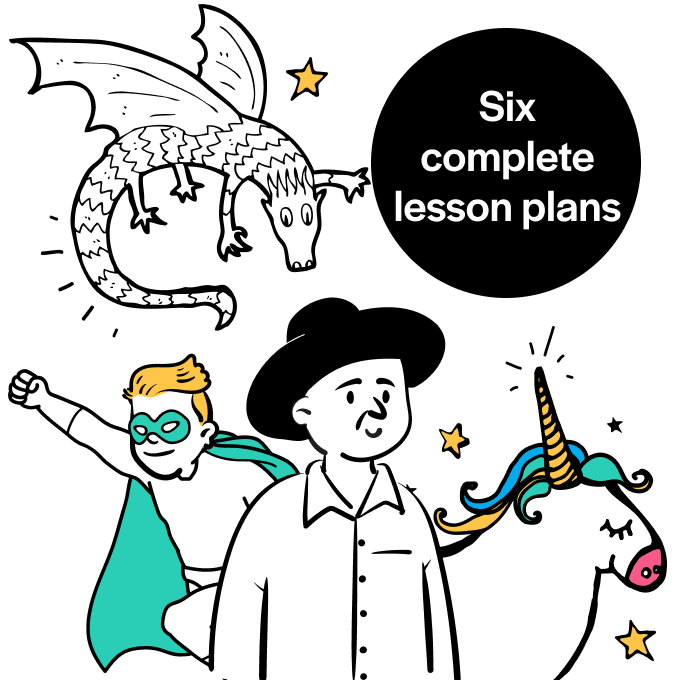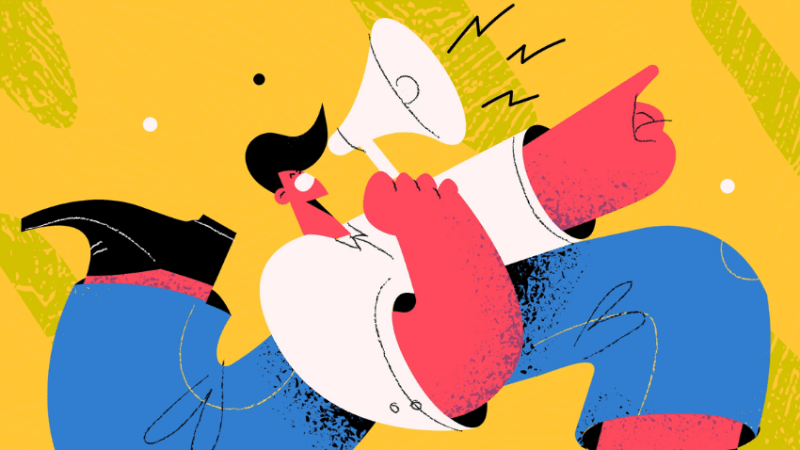A Focus On The Outdoors Has Never Been More Important, Whether It’s Unique Learning Environments Or Taking Responsibility For The Planet

We must commit to nature, says Juno Hollyhock

- by Juno Hollyhock
- Consultant and former executive director of Learning Through Landscapes

So this will be my last column for Teach Early Years as executive director of Learning Through Landscapes. I very much hope that LTL will continue to write for TEY into the future, and I hope to pop up occasionally in my new role as CEO of the Rose Road Association for disabled children.
There have been many things that have struck me about working in this sector. By ‘sector’ I mean that Venn diagram crossover between education, play and the natural environment. That greenish, fluffy bit in the middle that is cherished by many but still, sadly, treated with a lack of respect by a key few.
Unfortunately, teaching and learning in the outdoors is still all too often seen as a ‘nice to have’, an optional extra or, at worst, a bit of a skive. Using the playground for learning can be viewed as ‘just playing’.
And if the sun is out and the birds are singing, and all one is doing is taking an indoor lesson outside then, yes – I confess, I can understand that view (though, as all early years practitioners know, space to ‘just play’ is a phenomenally important feature of our settings and the Early Years Foundation Stage).
But if we are brave enough to venture out of doors whatever the weather, to use the natural environment as the living textbook that it is – the rich natural resource for our lesson and play inspiration – then we are really making the most of our outside space.
I was delighted to hear a couple of weeks ago that the Wellcome Trust is funding some key pieces of research into ‘embodied cognition in the early years as a method for informal science learning’. I may have the words the wrong way around but you get the gist. Or do you?
So embodied learning is really, at its simplest, the method by which young children learn best – using movement and their own bodies to understand principles. For example, I balance better if I wave my arms around. I can pull myself up onto this tree branch using my arms. If I run fast, my heart beats faster than if I am sitting down. If I lean out on the swing, the swing goes more quickly. I can pull something on wheels more easily than I can pull something not on wheels. I can follow the sun as it rises and sets. I can feel warmth on my face. Ice is colder than water. I might drop the ball the first time I try to catch it – but I will recalculate and catch it the next time.
Trending
All of these are terrific examples of embodied cognition, and all are delivered far more effectively in the outdoors.
One of the Wellcome Trust pieces of research is funding museums in the UK and the US to look at their installations, to make them more physically interactive for early years children. We are delighted that one of the spaces they will be using is school grounds, and we are looking forward to being part of the team and helping them with that.
But whatever research is funded, whatever academic terms we use to describe the benefits of the outdoors for children, the most important thing is that we ourselves are committed to nature. That we understand nature and act personally to protect the future of our planet. By eating sustainably, by reducing waste, by recycling, by purchasing ethically and by using less energy. If children see this in the home and in the setting then it will become their behavioural norm. If they do not then it will not be many generations before our planet suffers the most devastating consequences.
Juno Hollyhock is executive director of Learning Through Landscapes. LtL is a UK charity dedicated to enhancing outdoor learning and play for children. For services and resources for early years settings, visit ltl.org.uk.







